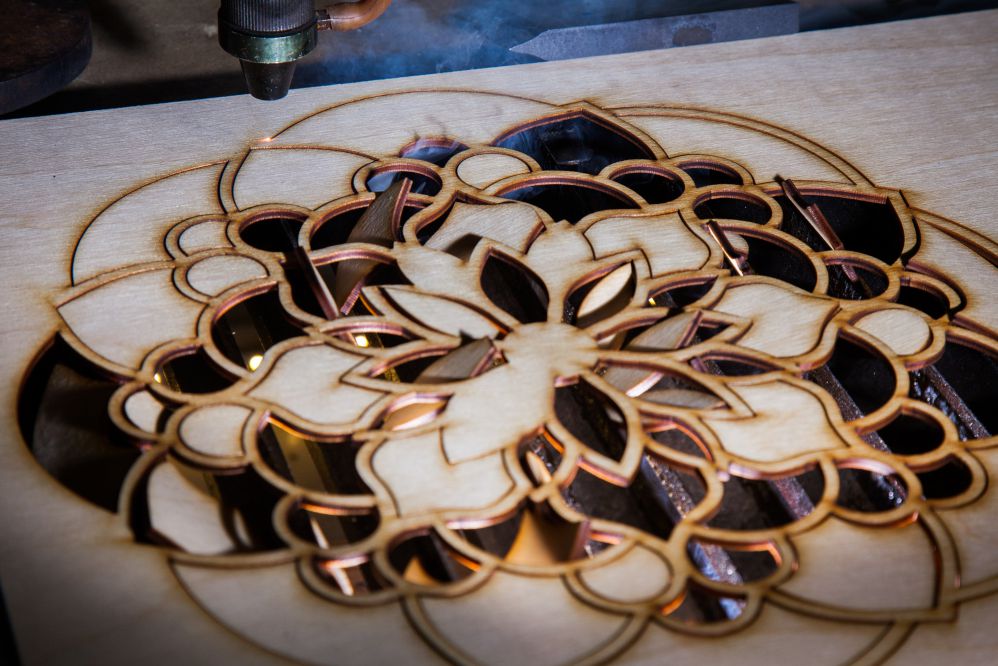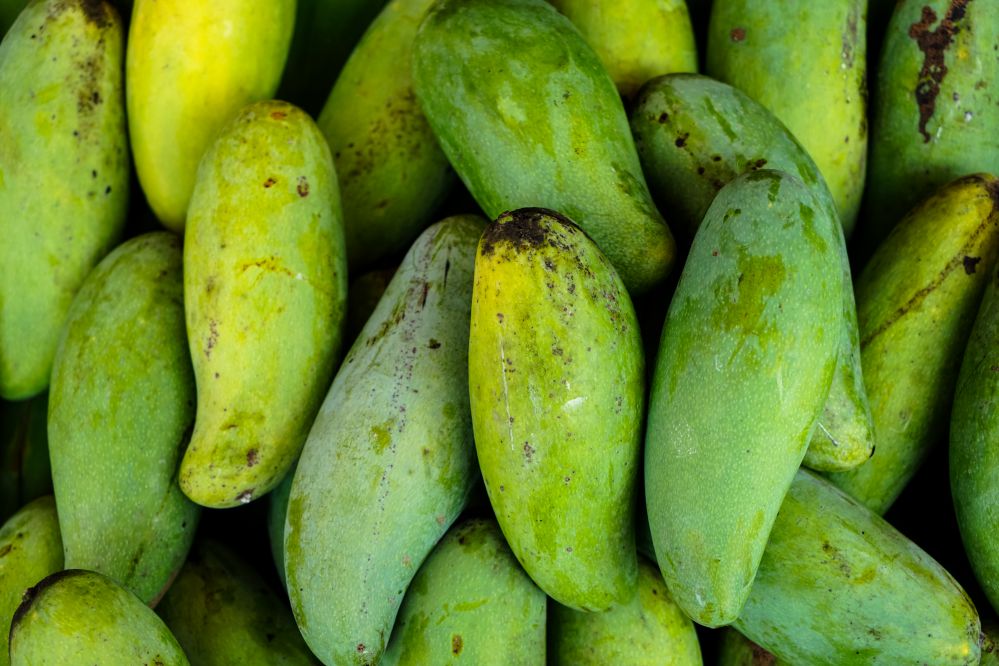Glass is one of the many materials that can undergo CO2 laser treatments. Laser is most often used for markings or cuts. In this article, we will explore how compatible glass is with laser technology and its possible applications.
Glass composition
Glass is a material of natural origin, composed mostly of silica (SiO2). The material is heated until it reaches melting point and then left to resolidify. This process yields glass, a transparent material with a great resistance to corrosion.
Glass does have some defects, though. It is fragile and has a low resistance to thermal expansion.
Types of laserable glass
It is important to take its negative characteristics into consideration before applying laser technology to glass. Its type of composition and production will be deciding factors when choosing where to use laser.
Composition
Most of the glass available on the market isn’t composed solely of silica. Depending on the glass’ final use, other components are added to the silica to modify the material’s properties.
Adding substances to the material does alter its ‘laserability’. For example, laser technology cannot be used when metal has been added to glass. Crystal is part of this category of glass. In order to increase transparency, lead is added to the composition, thus making it incompatible with laser.
Production
Most glass is produced industrially. Nonetheless, one can still find productions of artisanal glass objects; obviously at a higher price.
The first type of glass has a more uniform structure which makes it a better candidate for laser applications. Artisanal glass, on the other hand, isn’t as easy to use with laser. The glass can contain structural and compositional inconsistencies like microfractures. This glass could easily crack when exposed to the heat generated by the laser.
How laser technology works on glass
Though laser applications usually work by sublimation for most materials, in the case of glass, the process is different. As previously mentioned, glass has a low tolerance for thermal expansion. Laser technology takes advantage of this characteristic by generating fractures at a microscopic level. These result in markings or cuts.
How does this process take place? Glass contains trapped microbubbles of air. When the laser touches upon the surface, it heats it and causes the dilatation of these bubbles. Due to the material’s lack of flexibility, this dilatation generates the aforementioned micro-fractures.
CO2 laser markings on glass
Laser marking is the most common technique applied to glass. It is usually used for decorations or the marking of codes and other information.
Productions using laser have many advantages compared to traditional methods. They are cleaner, cheaper and offer a much wider range of applications.
Markings can be done in different ways, depending on the type of glass.
Soda glass
Soda glass is the most common form of glass. It is used for windows, bottles, glass flatware and other commonly used glass objects. It works well with laser technology.
On this type of glass, markings are made by generating thousands of microfractures on the glass’s surface. Thermal shock causes the dilatation of the glass, which, due to its rigid nature, fractures at a microscopic level. The final result is an opaque marking with a satin finish. It looks very similar to results obtained using more traditional methods, but at a much lower price.
Examples of this process can be found in the decoration field (decoration of glasses and flatware, windows and cabinets), in the car industry (identifying codes markings on car windshields and windows), in the production of glassware for laboratories (measurement markings).
Quartz glass
Quartz glass is obtained from the fusion of quartz rather than silica. It has a high resistance to heat, great optic transmissibility and a high resistance to corrosion.
CO2 laser markings on quartz glass are done through superficial fusion. The material’s fusion modifies the reticular structure of glass making light refract differently on the markings compared to the rest of the surface.
Boro-silicate glass
Boro-silicate glass, known commercially as Pyrex, is obtained by adding boron and other composites to the silica. The chemical reaction produces a glass that is highly resistant to thermal expansion. It is usually used for the production of flatware and oven trays.
Boro-silicate can undergo CO2 laser markings.
Contact us for more information on laser marking of glass.




